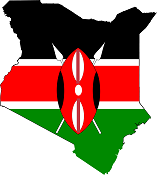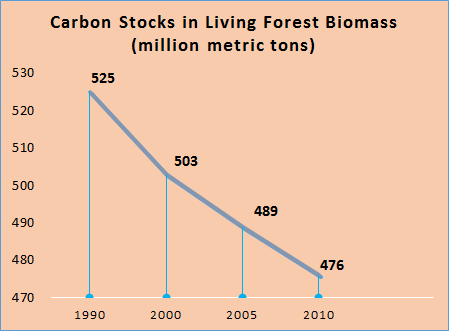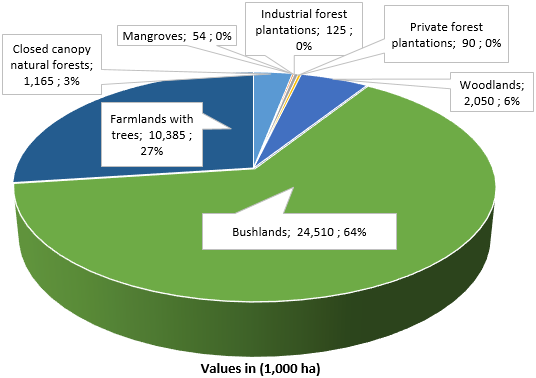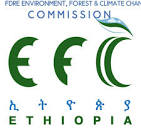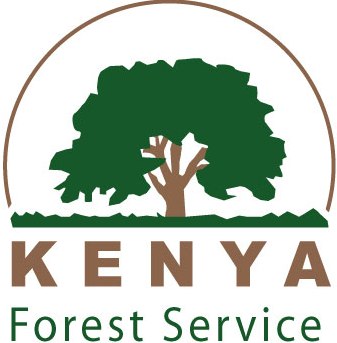
Thrill of a 3km of zip-lining adventure at Kereita Forest. Photo Credit btito.com
About 7% of Kenya’s total land area is forest. These forests provide goods and services such as wildlife habitat, biological diversity, water catchment, employment opportunities and livelihood sources. Forests and trees play multiple functions in contributing to the livelihoods of communities, especially women and marginal groups, in supplying food and rural energy.However, these forests are threatened with agricultural expansion, over-exploitation and unsustainable use of forest resources; population increase and widespread youth unemployment have led to increased pressure on forest resources.
According to the last inventory undertaken in 2010 (KFS, 2013a), forests in Kenya occupy 6.99% of the land area. These forests are categorised as Montane, Western rain forest, Bamboo, Afro-montane undifferentiated forest, Coastal and Dryland forests. The montane forest and the coastal forest regions are the most forested with 18% and 10% forest cover, respectively. Natural forests in Kenya are made up of montane forests, which occupy about 2% of the total land area (1.14 million hectares). A considerable area of 2.13 million hectares consists of bush land and mangroves. Public and private plantations constitute 220,000 hectares (FAO, 2015d).
Analysis of change in forest cover over the last 25 years revealed improved afforestation activities. Forest land has decreased by 311,000 ha while crop land increased by 1,018,000 ha between 1990 and 2015. Between 1990 and 2000, Kenya lost approximately 1.2 million ha of forest land, equivalent to 25% of forest cover. However, there is a remarkable increase in forest cover from 6.01% in 2000 to the predicted 7.46% in 2015. This is equivalent to an annual increase of 0.1%. Most (77%) of the forest land in Kenya is under community and private ownership while 23% is public. Private plantations cover 47% of the total forest plantation area, which is almost equal to the area of stocked plantations under public management (53%).
Kenya has, a National Forest Programme 2016-2013 which was developed to increase forest cover, boost the forest sector’s contribution to the national economy, enhance resilience to climate change and improve livelihoods. This programme will significantly enhance not only sustainable forest management but also improve the coordination of various sectors.


